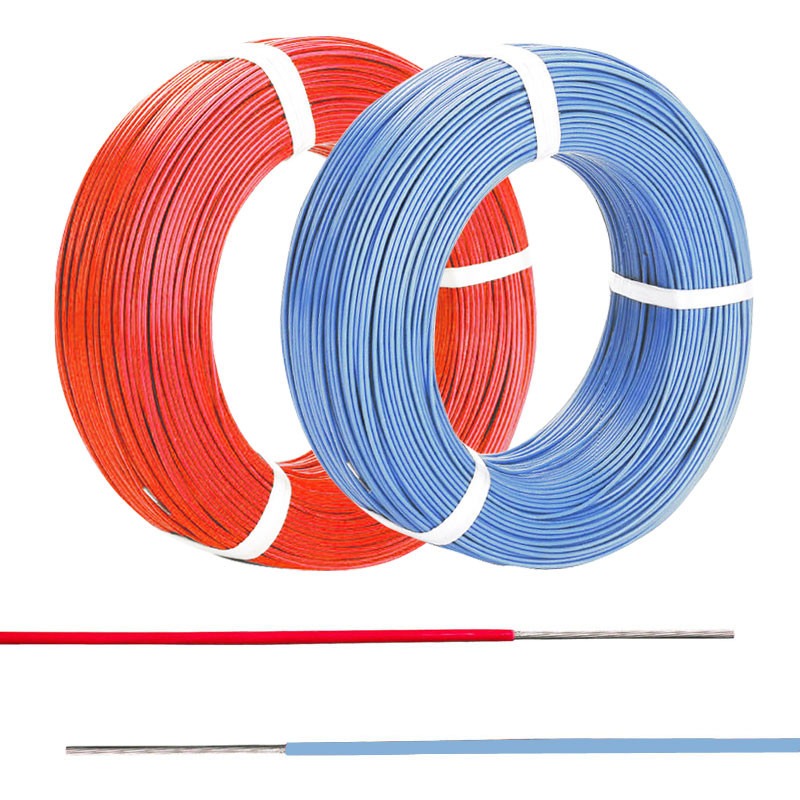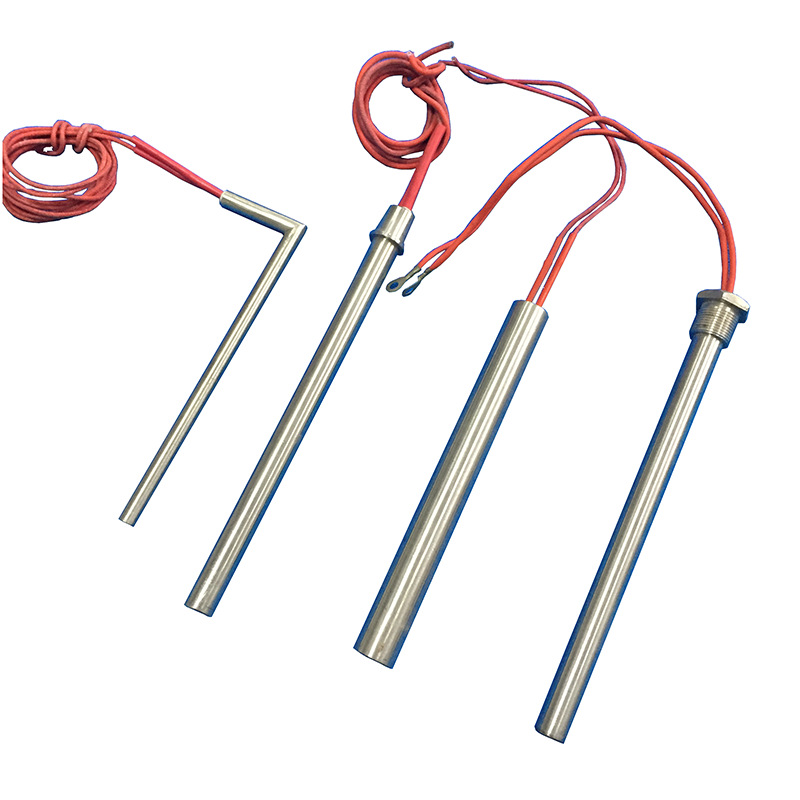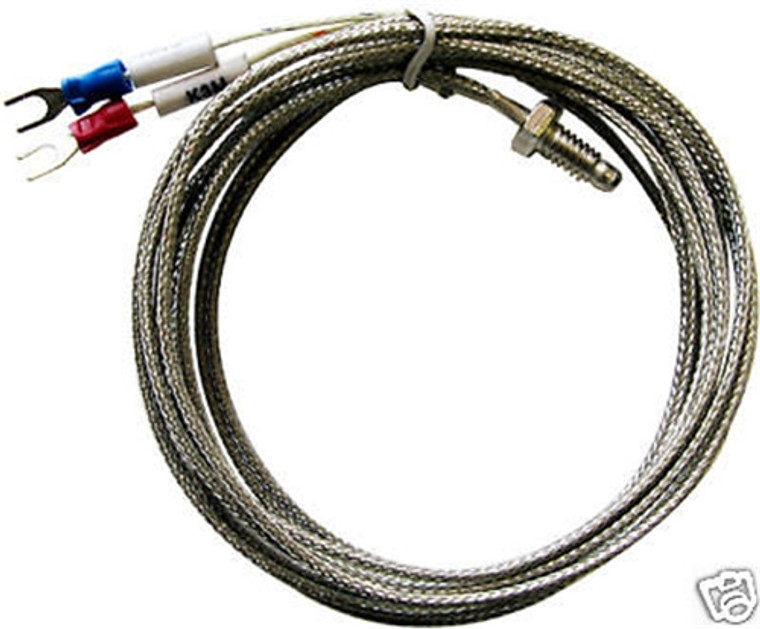A ceramic radiant tube heater is an efficient and advanced heating solution often found in industrial and commercial settings. Its design leverages radiant heat transfer to deliver warmth effectively, making it a popular choice for high-performance applications. But how does it function, and what sets it apart from other heating systems?
Let’s break down the science, components, and real-world advantages of these heaters.
The Science Behind Radiant Heating
At its core, a ceramic radiant tube heater operates on the principle of radiant heat transfer. Unlike convection heaters that warm the air, radiant heaters emit infrared energy, directly heating objects and surfaces within their range. This ensures targeted and efficient heating, reducing energy waste.
- Infrared Radiation: These heaters produce infrared waves, which travel through the air without heating it.
- Direct Heating: The energy is absorbed by objects and people, making it ideal for localized heating needs.
- Efficiency: Radiant heat reduces energy loss in large, open spaces, a key reason for its widespread use.
Key Components of a Ceramic Radiant Tube Heater
Understanding how these heaters work requires a look at their essential components:
- Ceramic Emitter
- Made from high-grade ceramic, the emitter is the core heating element.
- It can withstand extreme temperatures, ensuring durability and efficiency.
- Radiant Tube
- Usually made from heat-resistant metal alloys, the tube channels the infrared energy.
- Its reflective properties enhance heat distribution.
- Gas or Electric Power Source
- The heater may use natural gas, propane, or electricity.
- Gas-fired systems burn fuel to heat the ceramic emitter, while electric models use resistive heating.
- Reflectors
- Positioned behind the radiant tube, reflectors focus and direct the heat.
- This design minimizes energy loss and maximizes heat delivery.
- Control Systems
- Advanced models feature digital thermostats and smart controls.
- These allow precise temperature adjustments, reducing operational costs.
Benefits of a Ceramic Radiant Tube Heater
1. Energy Efficiency
Ceramic radiant tube heaters excel in reducing energy consumption. By directly heating objects instead of air, they eliminate unnecessary heat loss, especially in large, poorly insulated areas.
- Up to 30% lower energy costs compared to conventional systems.
- Ideal for warehouses, factories, and outdoor areas.
2. Enhanced Durability
The ceramic materials used in these heaters are highly resistant to wear and thermal stress, making them suitable for demanding environments.
- Long service life with minimal maintenance.
- Consistent performance even in extreme temperatures.
3. Comfortable and Uniform Heating
Radiant heat provides even warmth without creating air currents. This ensures a more comfortable environment for occupants and machinery alike.
- No dust or allergens stirred up, promoting better air quality.
- Perfect for precision industries requiring stable temperatures.
Practical Applications of Ceramic Radiant Tube Heaters
These heaters are used in a variety of settings:
- Industrial Spaces: Factories and workshops benefit from efficient heating of specific zones.
- Commercial Buildings: Showrooms, restaurants, and retail stores use them for targeted warmth.
- Outdoor Areas: Patios and open-air venues rely on radiant heaters for consistent heat in colder months.
- Specialized Industries: Used in paint drying, food processing, and even aviation for de-icing purposes.
How to Choose the Right Ceramic Radiant Tube Heater
When selecting a ceramic radiant tube heater, consider the following factors:
- Size and Heating Capacity
- Match the heater’s output (measured in BTUs or kW) to the area size.
- Fuel Type
- Determine if natural gas, propane, or electric models are most suitable for your facility.
- Installation Requirements
- Ensure the heater fits your space constraints and complies with safety standards.
- Control Options
- Look for models with programmable thermostats or smart controls for better energy management.
Last Word
A ceramic radiant tube heater offers an effective and energy-efficient way to provide warmth in industrial and commercial spaces. Its reliance on radiant heat transfer ensures precise and consistent heating, reducing energy costs and improving comfort. Whether you’re looking to heat a warehouse, outdoor area, or a specialized facility, these heaters deliver unmatched performance.
By understanding how they work and selecting the right model for your needs, you can achieve optimal heating with minimal energy waste.














